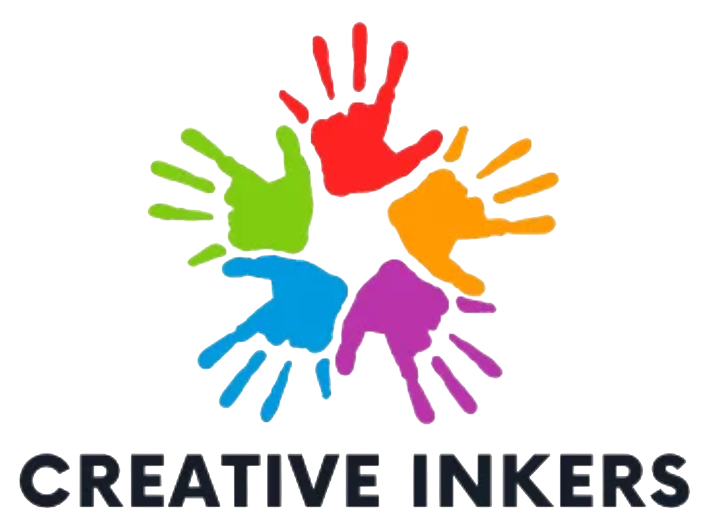In the world of custom printing, a great sublimation design can make the difference between an average product and one that stops customers in their tracks. Whether you’re printing shirts, mugs, or promotional items, your design is the heart of your brand’s identity.
This guide explores everything you need to know to master sublimation design — from understanding how sublimation works to the tools, file types, and techniques that ensure professional-grade results every time.
What Is Sublimation Design?
A sublimation design is the digital artwork created for dye-sublimation printing — a process where heat and pressure transfer dye into the surface of a material. Because the ink becomes part of the substrate, designs appear vivid, permanent, and resistant to fading.
Unlike screen printing or vinyl transfers, sublimation allows for full-color, photographic-quality designs. That flexibility makes it ideal for businesses that prioritize quality, detail, and visual impact.
The Role of Design in Sublimation Success
The quality of your sublimation design directly influences the outcome of your product. Even with the best printer or heat press, a poorly prepared design will yield dull or distorted results.
A professional sublimation design ensures:
-
Color accuracy across print batches
-
Proper scaling for different product types
-
Clean edges and details that maintain sharpness
-
Optimized file sizes for efficient printing
Choosing the Right Design Software
Your design software determines your creative freedom and workflow efficiency. Here are the most popular tools for creating sublimation designs:
-
Adobe Illustrator – Best for vector graphics and logo designs.
-
Adobe Photoshop – Excellent for photo-based or raster artwork.
-
CorelDRAW – A trusted choice among print professionals.
-
Affinity Designer – Affordable, powerful, and compatible with most printers.
-
Canva (Pro) – Great for beginners or small businesses that need ready-to-use templates.
💡 Pro Tip: Always design in RGB color mode — sublimation printers convert RGB to CMYK automatically, and starting with RGB ensures brighter, more vibrant output.
Best Practices for Sublimation Design
1. Use High-Resolution Images
A sublimation printer captures intricate detail, so your artwork should be at least 300 DPI (dots per inch) for crisp, clear results.
2. Design at Actual Print Size
Scaling small designs up later can cause pixelation. Always create your artwork at the exact size of the final print area.
3. Allow for Bleed
Include an extra 1/4 inch bleed area around the edges of your design to prevent unwanted white gaps during printing.
4. Mind Your Backgrounds
For apparel, sublimation works best on white or light-colored garments. Avoid white text unless you’re printing on a darker polyester base with a background.
5. Calibrate for Color Accuracy
Use ICC profiles to ensure your printer interprets colors correctly. This is critical when matching corporate logos or brand colors.
Popular Types of Sublimation Designs
-
All-Over Prints: Perfect for shirts, hoodies, and jerseys with edge-to-edge artwork.
-
Logo and Branding Designs: Ideal for promotional items, uniforms, and merch.
-
Photo-Based Designs: Great for personalized gifts like mugs, mousepads, and pillows.
-
Patterned or Abstract Art: Perfect for fashion-forward products or accessories.
-
Typography-Based Designs: Clean, bold statements that highlight slogans or brand names.
How to Prepare a File for Sublimation Printing
Follow these steps to ensure your file is ready for a flawless print:
-
Export your design in PNG or TIFF format for best quality.
-
Set your resolution to 300 DPI.
-
Flip the design horizontally (mirror image) before printing.
-
Check for transparent backgrounds where needed.
-
Use sublimation-friendly color profiles provided by your printer manufacturer.
Design Trends in 2025
Keeping up with design trends can give your products a competitive edge. Popular themes include:
-
Minimalist branding with clean lines and neutral tones
-
Bold geometric patterns and gradient overlays
-
Retro-inspired color palettes
-
Nature and sustainability themes
-
Personalized artwork (names, initials, dates)
Avoiding Common Design Mistakes
Even professionals make errors. Here are pitfalls to watch for:
-
Using low-resolution images that print blurry
-
Forgetting to mirror designs before printing
-
Ignoring the shirt or substrate color
-
Overcrowding designs with too many elements
-
Not testing small samples before bulk production
Why Great Design Equals Brand Growth
A stunning sublimation design doesn’t just look good — it sells. High-quality visuals enhance perceived value, increase repeat purchases, and encourage social media sharing. For businesses, professional designs are a direct reflection of credibility and attention to detail.
Shop high quality sublimation design at creative inkers: Shop – Creative Inkers

